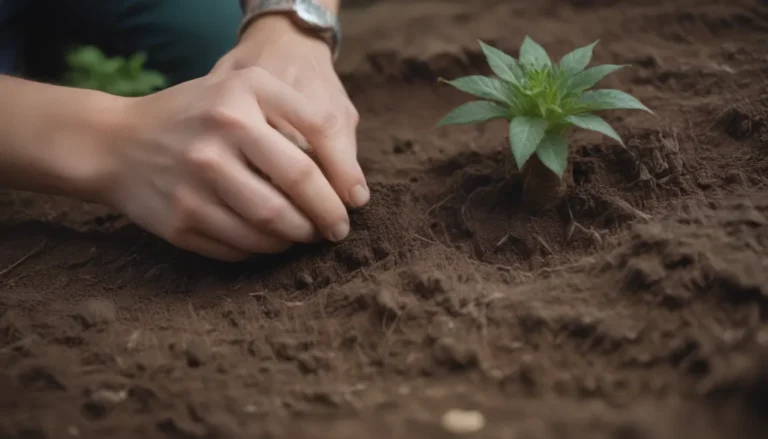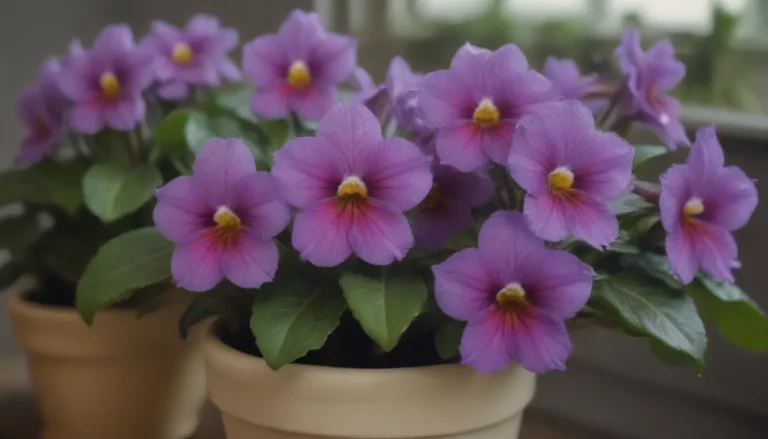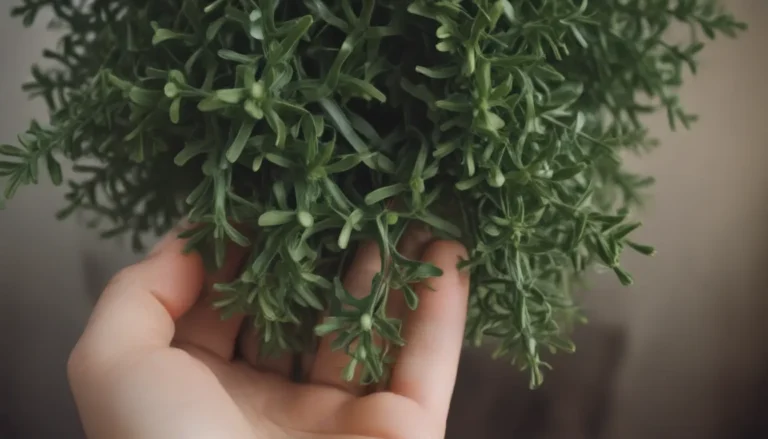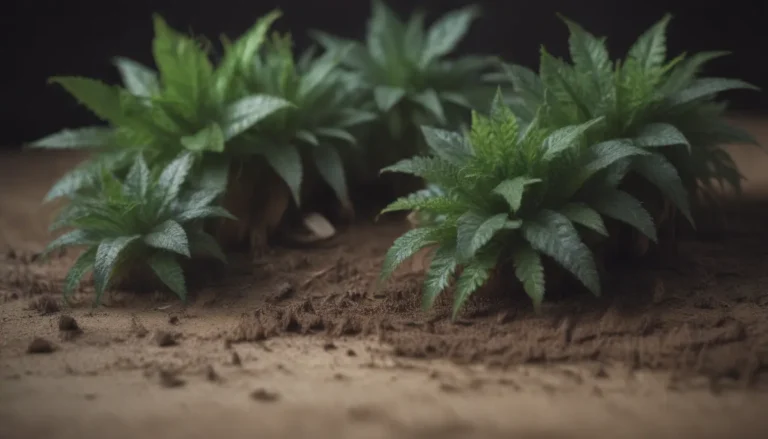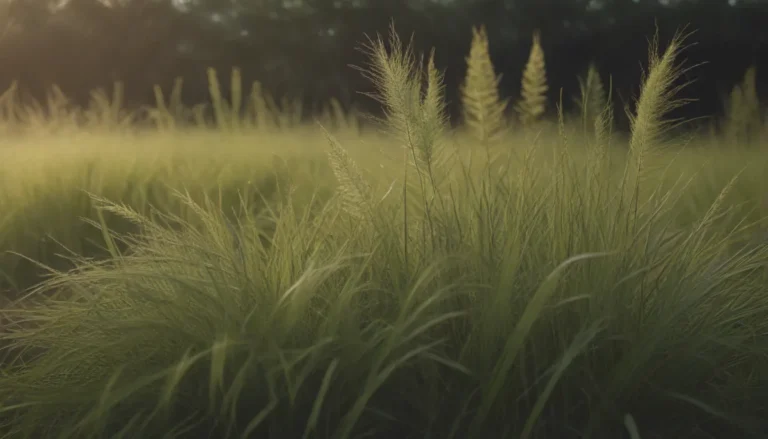Ultimate Guide to Mexican Feather Grass: Care, Growing Tips, and More
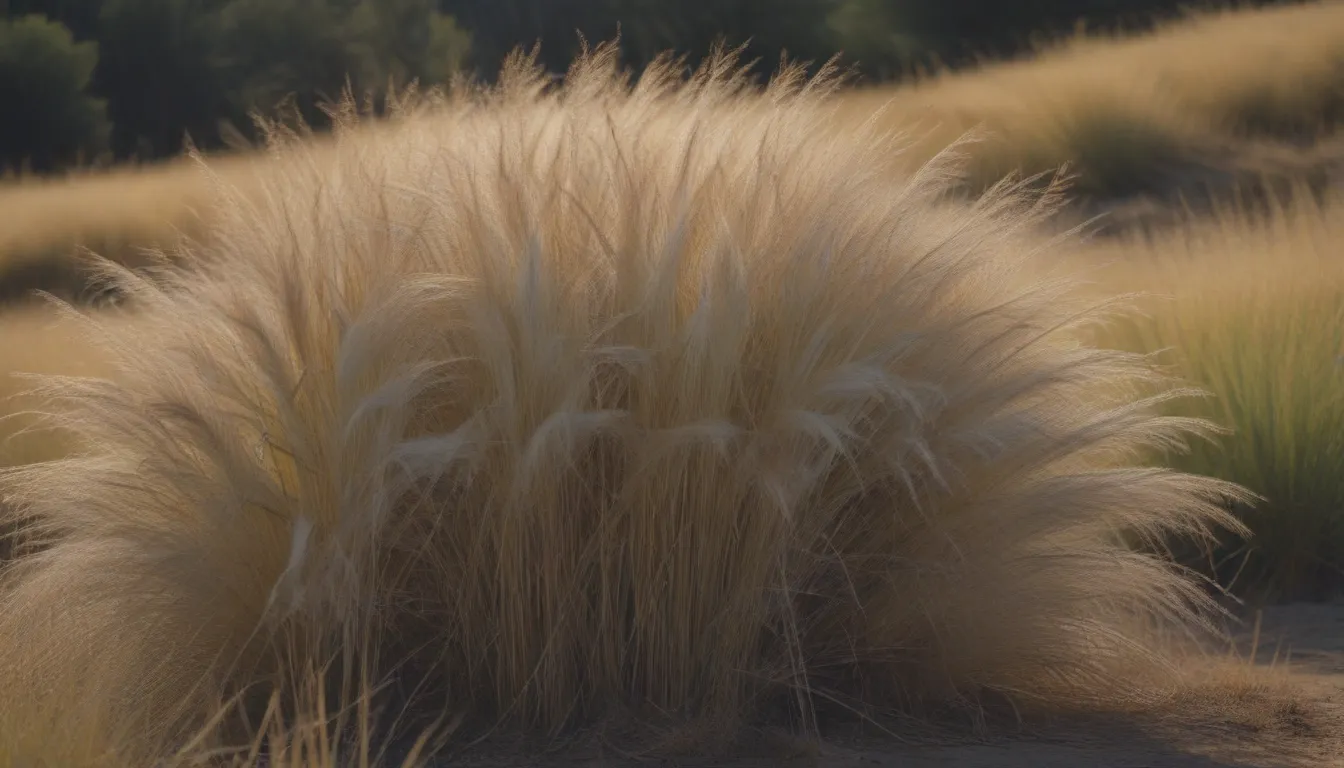
Are you looking to add a touch of elegance to your garden with Mexican feather grass? This ornamental plant has a lot to offer, but it’s essential to understand how to care for it properly to ensure it thrives in your landscape. In this comprehensive guide, we’ll cover everything you need to know about Mexican feather grass, from planting and maintenance to common problems and solutions. Let’s dive in!
Introduction to Mexican Feather Grass
Mexican feather grass, also known as Nassella tenuissima or Stipa tenuissima, is a stunning ornamental grass known for its delicate beauty. With stems that grow to a height of 18 inches to 2 feet, Mexican feather grass adds a touch of whimsy to any landscape. The feathery flower panicles sway gracefully in the wind, creating a beautiful and mesmerizing effect.
Pros and Cons of Mexican Feather Grass
Before you add Mexican feather grass to your garden, it’s essential to consider the pros and cons of this plant:
Pros:
– Delicate beauty with graceful swaying stems
– Drought-tolerant once matured
– Loves full sun and can tolerate partial shade
– Suitable for borders, cottage gardens, and erosion control
– Self-seeds in ideal zones
Cons:
– Invasive in some regions
– Requires regular maintenance to prevent spreading
– Can overtake other plants in the area
Mexican Feather Grass Care Tips
Now that you’re familiar with the characteristics of Mexican feather grass, let’s dive into some essential care tips to help your plants thrive:
Light
- Mexican feather grass performs best in full sunlight.
- While it can survive in partial sunlight, it may not grow as vigorously.
Soil
- Plant Mexican feather grass in loamy soil with good drainage.
- If your soil is compacted, add sand and organic matter to improve drainage.
Water
- Mexican feather grass has low-to-average water needs.
- Once established, it is drought-tolerant and can cope with dry conditions by going dormant.
Temperature and Humidity
- Mexican feather grass prefers moderate temperatures and may lose color in hot, humid weather.
- It is winter hardy, tolerating cold temperatures down to 0 degrees Fahrenheit.
Fertilizer
- Fertilize Mexican feather grass annually with a layer of compost to promote healthy growth.
How to Plant and Grow Mexican Feather Grass
If you’re ready to add Mexican feather grass to your garden, follow these steps for successful planting and growth:
Propagation
- Mexican feather grass can be propagated from seeds or by division.
- Divide large clumps in the spring before new growth emerges for the best results.
From Seed
- Start Mexican feather grass seeds indoors in early spring.
- Plant seeds in a potting mix, cover lightly, and water regularly until sturdy enough to transplant outdoors.
Pruning
- While Mexican feather grass doesn’t require pruning, you may trim away dead flowers and stems for aesthetic purposes.
- Use clean garden shears to remove debris to prevent accidental reseeding.
Overwintering
- Mexican feather grass is sensitive to frost and will not survive in cold climates.
- If grown in a container, move to a frost-free area or under a cold frame for winter protection.
Common Problems and Solutions
Even though Mexican feather grass is a low-maintenance plant, it may face some common issues. Here are a few problems you may encounter and how to solve them:
Overgrown Area
- If Mexican feather grass starts spreading uncontrollably, remove plants by hand or consider using herbicides.
- Opt for sterile cultivars to prevent the formation of fertile seeds.
Grass Laying Flat
- If your Mexican feather grass starts falling flat, check for insufficient water, winter dormancy, or overfertilization.
- Water the grass adequately during the growing season and divide clumps if necessary.
Grass Turning Brown
- Browning tips on Mexican feather grass may indicate dormancy or heat stress.
- Ensure the plant has enough water and moderate temperatures to prevent scorching.
How to Get Rid of Mexican Feather Grass
If Mexican feather grass becomes invasive in your garden, you may need to remove it to protect other plants. Here are some effective methods for eradication:
- Physical removal by hand weeding or grazing
- Chemical control using herbicides like glyphosate or hexazinone
- Follow university research guidelines for successful eradication techniques
Conclusion
Mexican feather grass is a gorgeous addition to any garden, but it requires proper care to thrive. By following the tips and techniques outlined in this guide, you can enjoy the beauty of this ornamental grass while keeping it under control in your landscape. Remember to check for invasive species listings in your area before planting Mexican feather grass and consult with local experts for specific guidance. With the right care and maintenance, Mexican feather grass can add a touch of elegance and whimsy to your outdoor space. Happy gardening!
